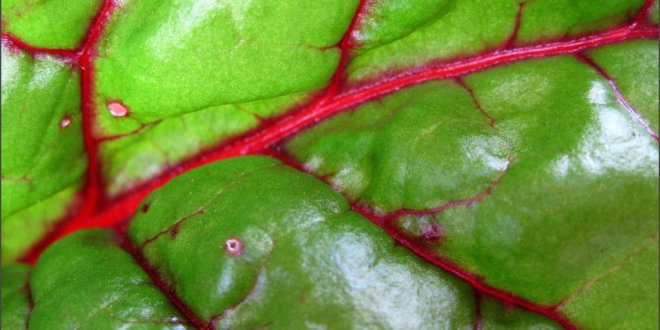Chard is a member of the beet family that does well in both cool and warm temperatures. It can be cooked or used raw in salads and is high in vitamins A and C.
Botanical name: Beta vulgaris
Plant type: Vegetable
Sun exposure: Full Sun, Part Sun
Soil type: Loamy
Bloom time: Summer
Planting
Plant chard seeds 2 to 3 weeks before the last spring frost date. Continue planting seeds at 10-day intervals for a month.
For a fall harvest, plant chard seeds again about 40 days before the first fall frost date.
Before planting, mix 1 cup of 5-10-10 fertilizer into the soil for every 20 feet of single row.
Plant the seeds 1/2 to 3/4 of inch deep in well-drained, rich, light soil. Space the seeds about 18 inches apart in single rows or 10 to 18 inches apart in wide rows. Sow eight to ten seeds per foot of row.
Care
When the plants are 3 to 4 inches tall, thin them out so that they are 4 to 6 inches apart or 9 to 12 inches apart if the plants are larger.
Water the plants evenly to help them grow better. Water often during dry spells in the summer. You can also mulch the plants to help conserve moisture.
For the best quality, cut the plants back when they are about 1 foot tall. If the chard plants become overgrown, they lose their flavor.
Pests
Leaf minor
Slugs
Aphids
Harvest/Storage
You can start harvesting when the plants are 6 to 8 inches tall. Cut off the outer leaves 1-1/2 inches above the ground with a sharp knife.
If you harvest the leaves carefully, new leaves will grow and provide another harvest.
You can cut the ribs off the chard leaves and cook them like asparagus.
The rest of the leaves are eaten as greens. You can cook them like spinach or eat them raw.
You can store chard in the refrigerator in ventilated plastic bags.








